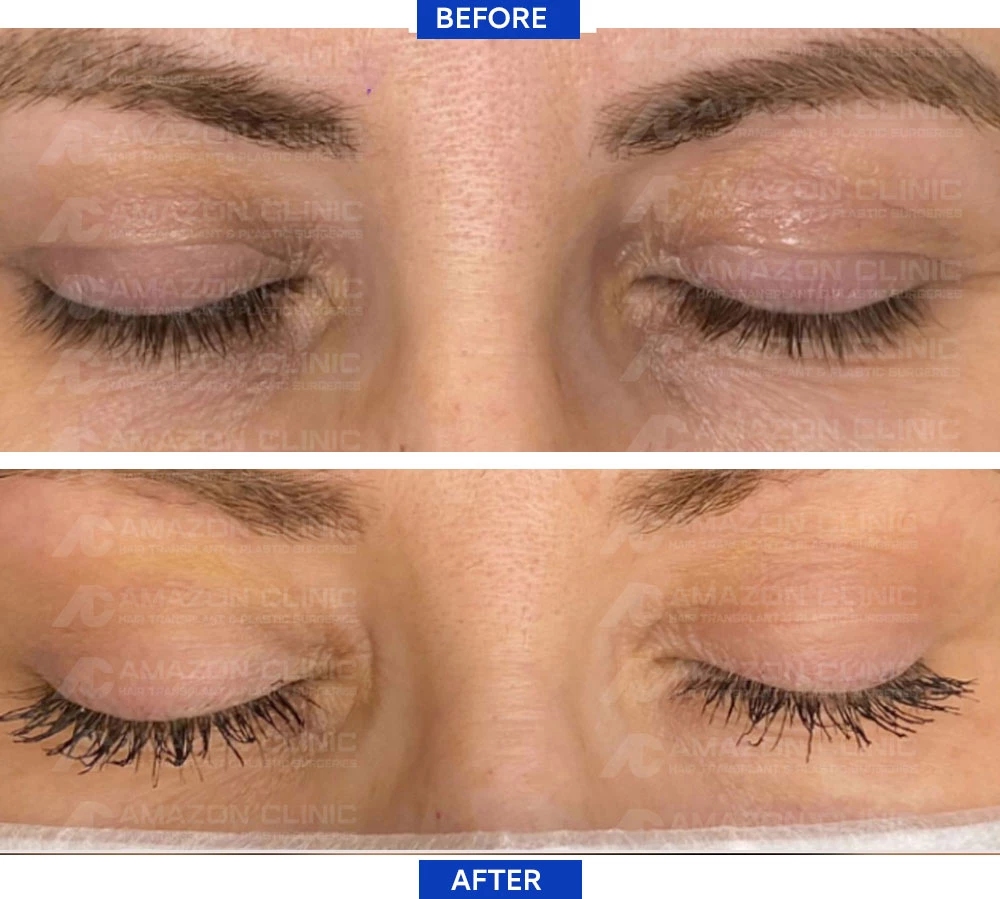Blepharoplasty is a surgical procedure used to improve the appearance of the upper and lower eyelids. This procedure is used to remove excess skin and fat and shape the eyelids to give a more youthful and rejuvenated appearance to the face.
The procedure is performed under local or general anesthesia, and the surgeon removes excess skin and fatty tissues around the eyes. The surgeon can also adjust the muscles responsible for opening and closing the eyelids and modify the overall shape of the eyelids.
Blepharoplasty has a high success rate and helps improve vision and self-confidence. The recovery time varies among individuals, but usually takes several weeks, during which heavy activities should be avoided, direct sun exposure should be minimized, and a healthy diet should be maintained.



